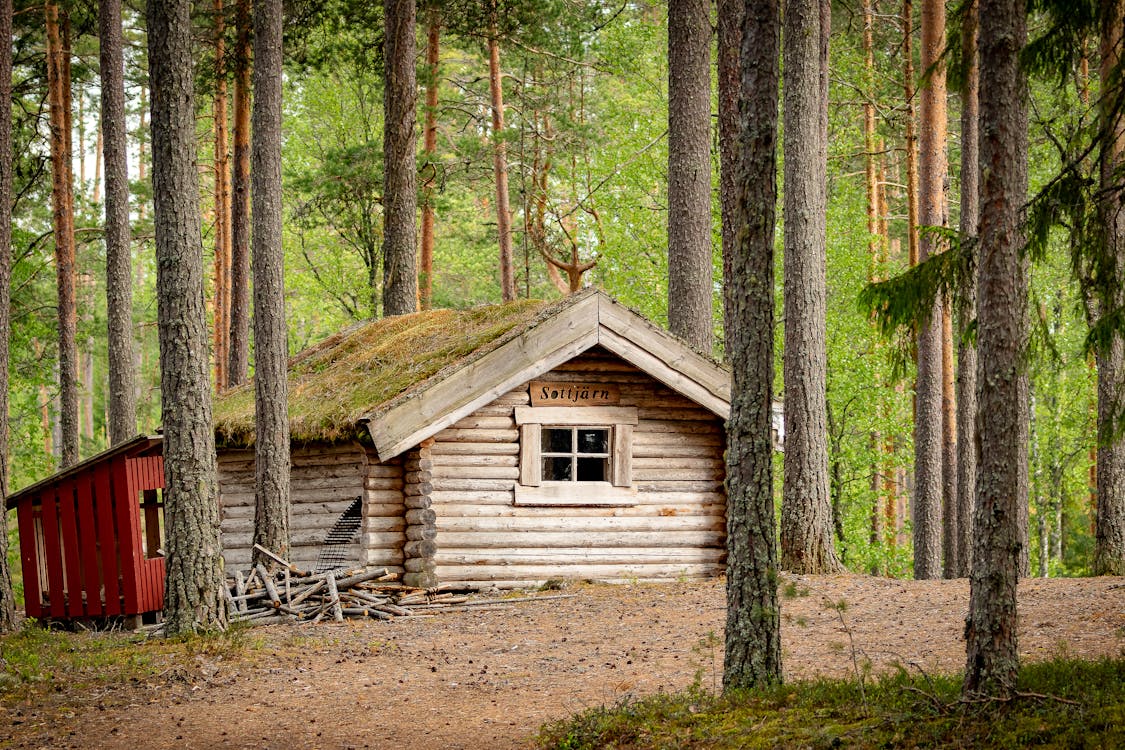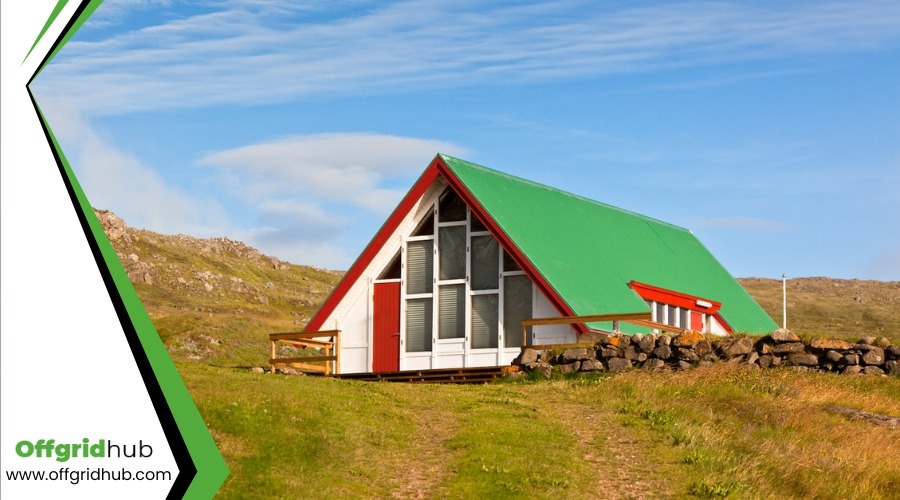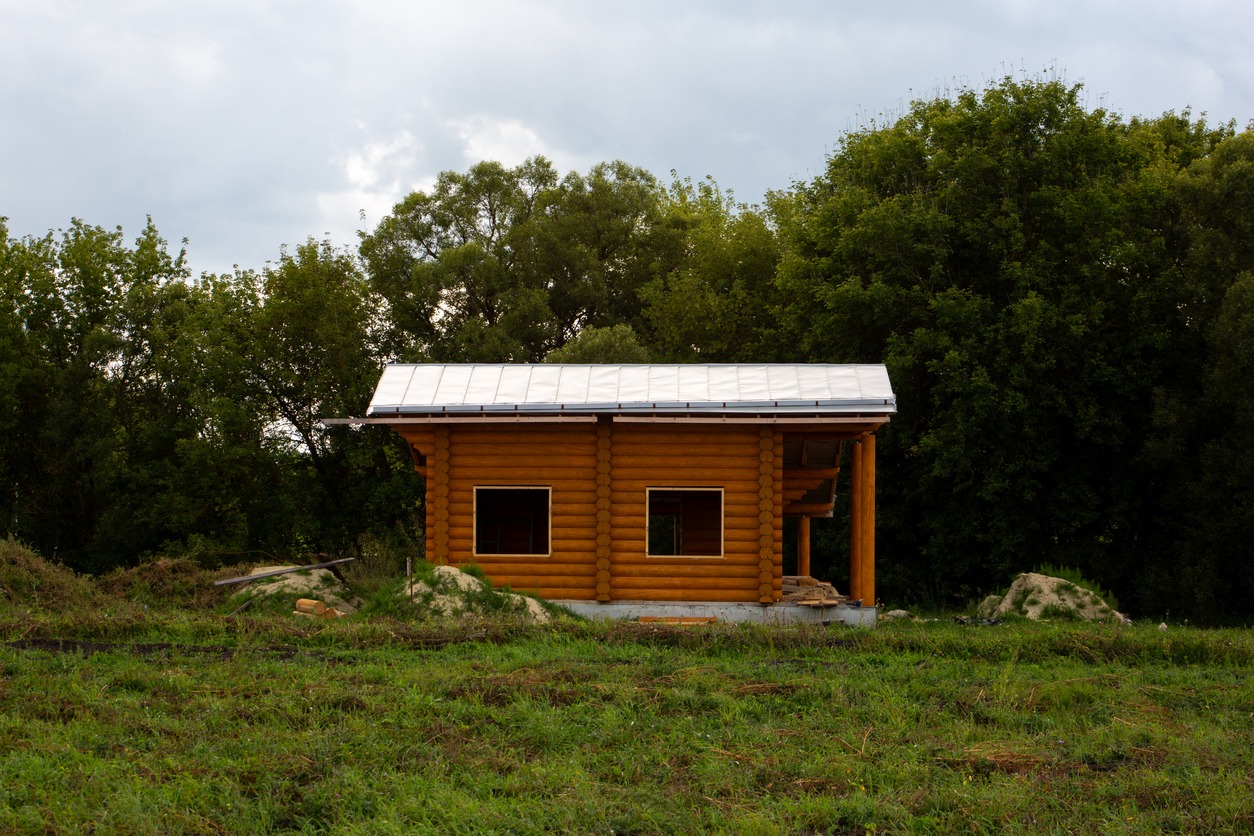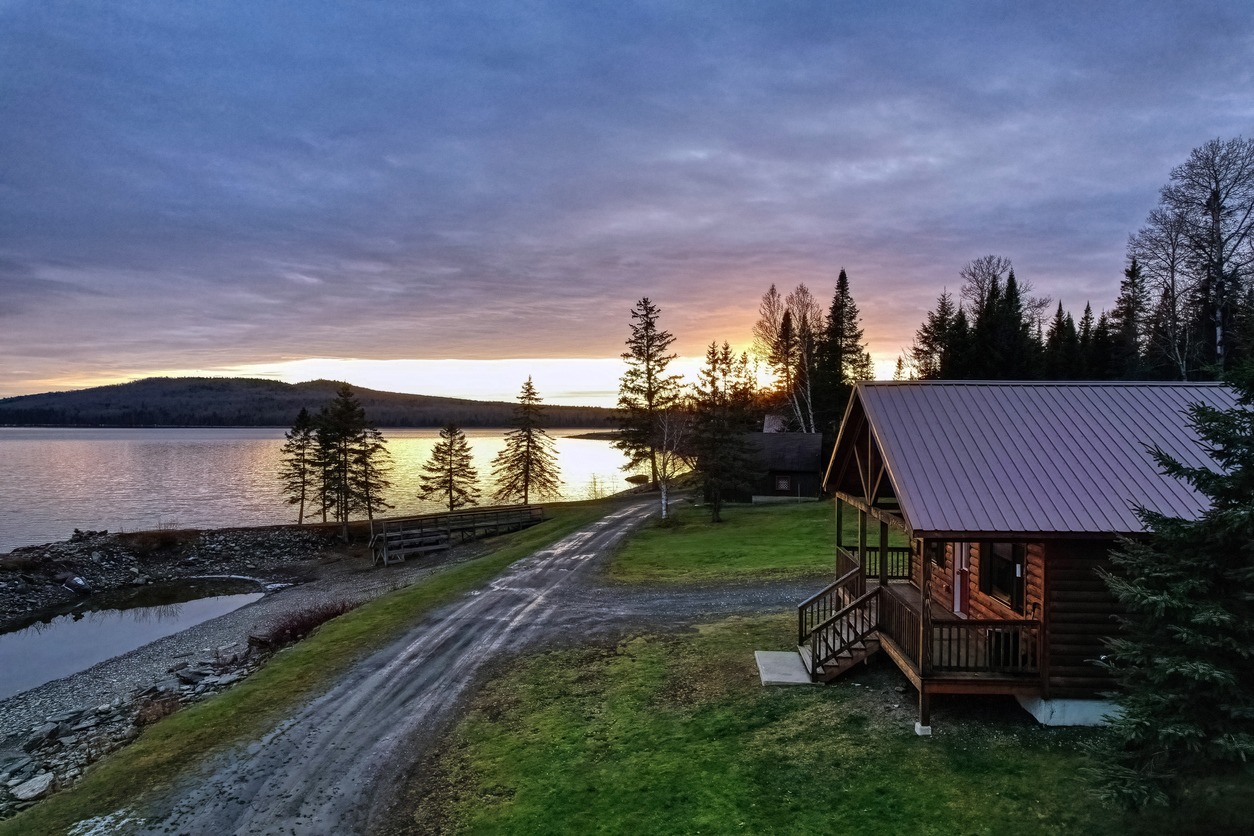Embarking on the journey to design your tiny home for off-grid living is akin to preparing for an expedition to Mars—every detail matters, and there’s no room for error. You’ll need to carefully select your location, harness the power of the sun and wind, and become a master of water and waste management.
Not to mention, the art of maximizing every square inch of your space while ensuring your home remains cozy and sustainable. As you ponder the complexity of such a venture, consider the myriad of choices that lie ahead, each with its potential to make or break your off-grid dream.
Where do you start, and how can you ensure your tiny home meets not just your living needs but also thrives in harmony with nature?
Selecting the Perfect Location
Choosing the right location is crucial for your off-grid tiny home, as it affects everything from legal compliance to your daily comfort and sustainability practices. You need to navigate zoning laws and regulations carefully to ensure your tiny home meets all legal requirements. These laws can significantly impact your ability to live off-grid, dictating what’s permissible for solar panel installation, rainwater harvesting, and composting.
Access to utilities is another consideration, but since you’re aiming for off-grid living, you’ll focus more on natural resources. Sunlight availability is vital for solar energy, making it essential to select a spot that receives ample sunlight throughout the year. Similarly, identifying reliable water sources is crucial, whether it’s for rainwater harvesting or drilling a well. You’ll also need to understand local regulations related to these sustainable practices to ensure compliance.
Moreover, the selected location should support your off-grid living goals, offering the privacy you seek while enabling you to manage energy, water, and waste sustainably. Ensure the land’s topography and soil quality are suitable for your tiny home and its maintenance, aligning with your vision of off-grid living.
Designing for Energy Efficiency
To maximize your tiny home’s energy efficiency, start by incorporating passive solar design principles that take full advantage of natural light and warmth. This approach not only reduces your reliance on artificial heating but also brightens your living space naturally.
When designing your tiny home for off-grid living, consider these crucial elements to enhance energy efficiency:
- Install energy-efficient appliances and lighting to drastically cut down on your electricity needs. Opting for LED lighting and Energy Star-rated appliances can make a significant difference.
- Use SIPs (Structural Insulated Panels) for your walls, roof, and floors to ensure superior insulation and minimize energy loss, helping maintain a comfortable indoor temperature year-round.
- Implement a well-designed ventilation system to promote adequate air circulation and assist with temperature control, preventing moisture buildup and ensuring fresh air throughout your home.
- Explore renewable energy sources, such as solar panels or wind turbines, to power your home sustainably. These technologies can be especially effective when combined with energy storage solutions like batteries.
Water and Waste Management
In off-grid living, managing your water and waste efficiently is crucial for sustainability and self-sufficiency. You’ll need to consider various systems and practices to ensure your tiny home meets these goals. Implementing a rainwater collection system is your first step. It allows you to capture and store water for various household needs, making the most of natural precipitation. But it’s not just about collecting water; you also need to make it safe. Installing water filtration and purification systems guarantees a clean, safe water supply for drinking and cooking.
To handle wastewater, a greywater system is essential. It treats and recycles water from sinks, showers, and laundry for non-potable purposes like irrigation, reducing the demand on your main water supply. For waste management, composting toilets or bio-digesters are game-changers. They manage human waste in an eco-friendly manner, avoiding the need for a traditional sewage system and reducing water usage.
Sustainable Building Materials

After exploring water and waste management, let’s focus on the role of sustainable building materials in creating your off-grid tiny home. Choosing eco-friendly materials isn’t just about reducing your carbon footprint; it’s about embracing a lifestyle that respects and conserves natural resources for future generations.
When selecting construction options for your tiny home, consider the following sustainable materials:
- Reclaimed Wood: Not only does it offer rustic charm, but using reclaimed wood also prevents the need for new timber, reducing deforestation.
- Recycled Metal: Ideal for roofing or structural components, recycled metal is durable and minimizes the demand for virgin mining resources.
- Bamboo: A fast-growing renewable resource that provides strength comparable to traditional hardwoods, bamboo supports a greener lifestyle with minimal environmental impact.
- Straw Bales: An excellent insulator, straw bales make your tiny home energy-efficient and comfortable, utilizing agricultural by-products effectively.
Incorporating these sustainable building materials into your off-grid living project aligns with the principles of an eco-friendly lifestyle. By choosing reclaimed wood, recycled metal, and other renewable resources, you not only ensure a reduced environmental impact but also contribute to a greener and more sustainable future.
Incorporating Renewable Energy

Shifting our focus to renewable energy, you’ll find that incorporating solar panels and wind turbines into your tiny home design is often essential for a truly off-grid lifestyle. Solar panels, a popular choice among tiny home owners, offer a sustainable energy generation method that aligns perfectly with the ethos of minimizing your ecological footprint. They capture the sun’s rays, converting them into electricity for your everyday needs, from lighting to powering appliances.
Similarly, wind turbines can serve as an excellent supplement to solar panels, especially in areas where wind is a more reliable energy source. Together, these renewable energy sources provide a robust system for off-grid living, ensuring you’re not dependent on traditional power grids.
A crucial component of your energy system is the battery system. It’s vital for storing excess energy generated during sunny or windy days, making sure you have a consistent power supply even during periods of low natural energy generation. This level of independence is at the heart of off-grid living, emphasizing the importance of being self-sufficient and utilizing sustainable energy practices.
Through these renewable energy sources, you’re not just securing your independence but also contributing to a more sustainable future.
Maximizing Space and Storage

Maximizing space and storage in your tiny home requires smart, innovative solutions that cater to a compact lifestyle. When every square inch counts, you’ll want to ensure that your home is designed to be as functional as possible while keeping clutter at bay.
Here are key strategies to maximize space and enhance storage:
- Utilize built-in storage solutions that blend seamlessly into your home’s design.
- Incorporate multi-functional furniture, such as beds with drawers underneath and tables that fold away when not in use.
- Implement vertical storage options like wall-mounted shelves and cabinets to make the most of your wall space.
- Use under-bed storage and wall-mounted organizers to keep everyday items accessible yet out of sight.
In addition to these strategies, leveraging storage containers, baskets, and bins can help you organize smaller items and minimize clutter. By prioritizing efficient space utilization through multi-functional furniture, vertical storage, and smart organization, you can create a tiny home that feels spacious and welcoming.
Conclusion
In designing your off-grid tiny home, prioritizing the location, energy efficiency, and water and waste management is essential. Opt for sustainable materials and renewable energy sources like solar and wind to reduce your carbon footprint. Remember, space is at a premium, so clever storage solutions are a must.
By addressing these key considerations, you’ll create a sustainable, efficient, and comfortable living space that aligns with your eco-friendly goals and supports a self-sufficient lifestyle.


